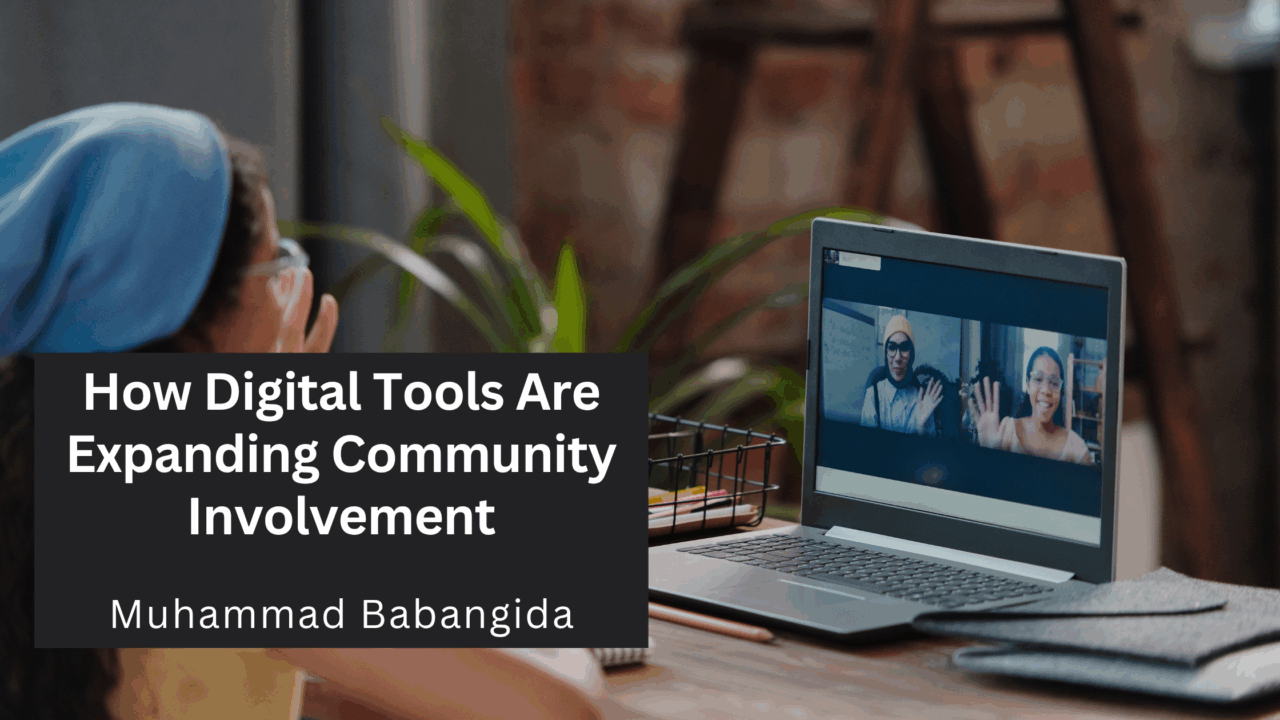In the past, community involvement often required physical presence—attending meetings, volunteering at events, or organizing local initiatives. While effective, this traditional approach sometimes limited participation to those with time, mobility, or proximity. Today, digital tools are transforming the landscape, enabling more people than ever to engage with their communities in meaningful ways, regardless of location or schedule.
Breaking Down Barriers to Participation
Digital platforms remove many obstacles to involvement. Social media, community apps, and online forums allow residents to stay informed about local issues, upcoming events, and volunteer opportunities without leaving home. Notifications, livestreams, and interactive updates ensure people never miss a chance to contribute, creating a more inclusive environment where anyone can take part.
Encouraging Micro-Engagement
Digital tools also enable small but impactful contributions. From signing petitions and sharing awareness campaigns to participating in online fundraising, these micro-actions collectively generate significant community impact. Even those who cannot commit to long-term volunteer work can still support initiatives in meaningful ways, proving that engagement isn’t limited to large-scale involvement.
Fostering Collaboration Across Boundaries
Online tools connect individuals, groups, and organizations across neighborhoods, cities, or even countries. Community members can collaborate on projects, exchange ideas, and coordinate efforts with unprecedented speed. Virtual volunteer platforms, cloud-based project management tools, and messaging apps help streamline coordination, ensuring that collective efforts are more organized and effective.
Enhancing Transparency and Accountability
Digital tools provide clear metrics and real-time updates on community initiatives, fostering trust and accountability. Residents can track donations, see progress reports, and monitor project outcomes. This transparency encourages continued engagement, as participants witness the tangible results of their contributions and feel confident in the organizations they support.
Educating and Inspiring
Beyond direct participation, digital tools play a vital role in education and awareness. Online campaigns, webinars, and informational content empower community members with knowledge about social issues, local challenges, and available resources. This education inspires action, helping people become more proactive in addressing the needs of their communities.
Conclusion
Digital tools are redefining what it means to be involved in a community. By removing barriers, enabling micro-engagement, fostering collaboration, and enhancing transparency, these platforms allow more people to participate meaningfully than ever before. In today’s connected world, community involvement is no longer limited by geography or time—technology ensures that anyone willing to contribute can make a real difference.
